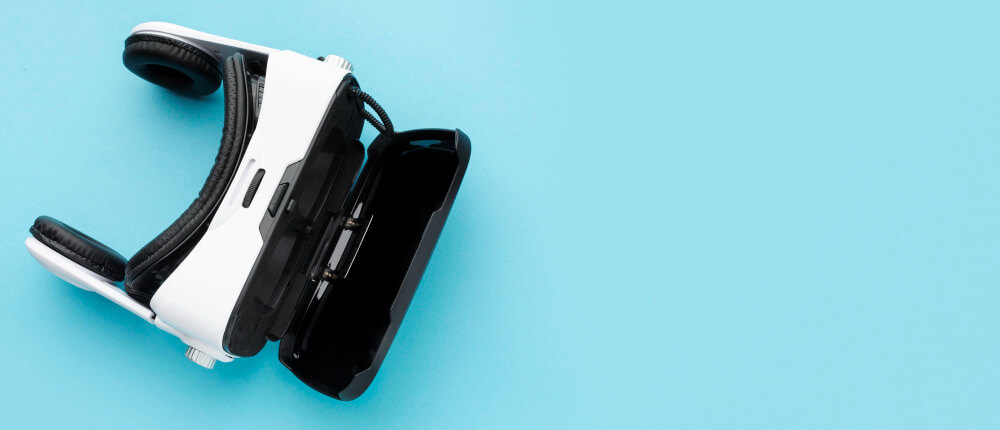Many AR and VR projects fail not because of the idea, but because of poor display technology. Visual clarity, contrast, and refresh rates determine how immersive the experience feels. Without the right micro OLED display, even the most innovative headset can feel outdated and uncomfortable. Users quickly notice pixelation, low brightness, and eye strain—issues that harm adoption and satisfaction.
In this article, we’ll explore why ignoring micro OLED technology can ruin your project’s success, and how choosing the right display can dramatically change user experience.
What Is a Micro OLED Display?
A micro OLED display is a high-resolution, compact screen built for applications like AR glasses, VR headsets, and advanced optics. Unlike traditional LCD or standard OLED screens, micro OLED panels integrate directly onto silicon wafers. This results in sharper visuals, ultra-thin design, and energy efficiency.
Key Features:
- High pixel density for crystal-clear visuals
- Excellent contrast ratio with true blacks
- Low power consumption, ideal for wearable devices
- Fast refresh rates that reduce motion blur and nausea
Why Standard Displays Fall Short
Most AR/VR failures come from displays not meeting user expectations. Standard OLED or LCD displays may work for smartphones or TVs, but in immersive environments they reveal weaknesses. Problems include:
- Screen-door effect (visible pixel grid)
- Limited brightness, making outdoor use difficult
- Shorter lifespan compared to micro OLED
- Higher latency, which breaks immersion
By comparison, micro OLED delivers consistency, clarity, and comfort for longer usage.
Applications of Micro OLED Display in AR/VR
Micro OLED is not just about better visuals—it enables industries to push boundaries:
- Gaming & Entertainment: Smooth graphics without motion sickness.
- Medical Imaging: Clear visuals for surgeries and diagnostics.
- Industrial AR Tools: Enhanced accuracy for technicians and engineers.
- Military & Aerospace: Reliable performance under demanding conditions.
These real-world applications prove that the right display drives innovation beyond consumer devices.
Choosing the Right Micro OLED Display Matters
A critical mistake businesses make is overlooking the specific display requirements of their projects. Not all micro OLEDs are the same—differences in resolution, brightness, and form factor can make or break the end product. Investing in the right micro OLED display ensures you meet performance standards while avoiding wasted development costs.
Conclusion: Don’t Let Poor Displays Ruin Your Project
AR and VR success relies heavily on display technology. A micro OLED display offers unmatched clarity, energy efficiency, and comfort—factors that directly impact adoption and satisfaction. If your project struggles with visual quality or user complaints, chances are the display is the weak link.
By choosing the right micro OLED solution, you secure better performance, longer usage time, and a truly immersive experience. Don’t let outdated display technology hold back your innovation.


